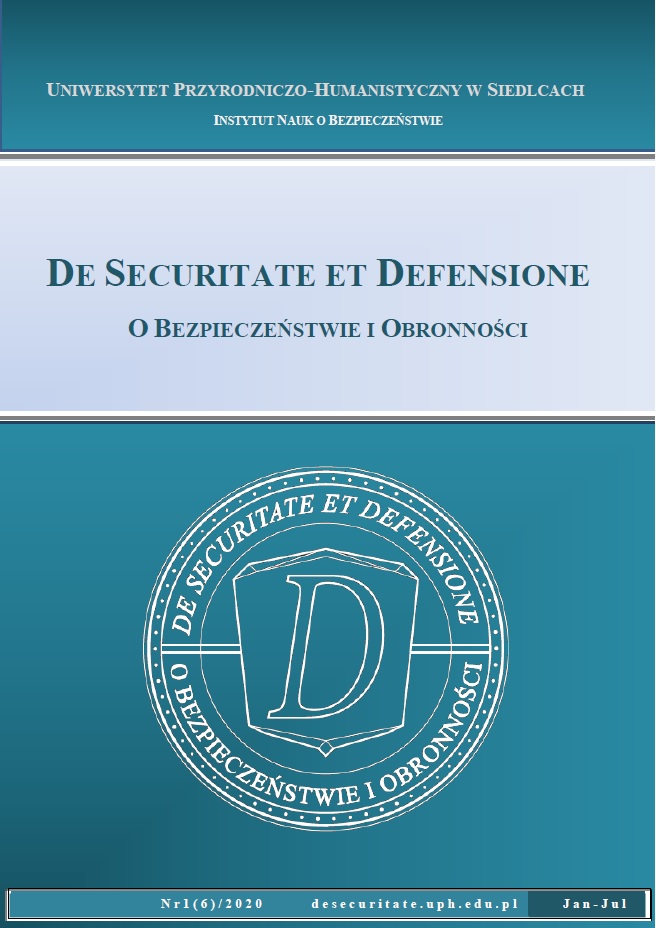Structures of the KGB in the Middle East Between 1954 and 1991. Retrospection and Its Contemporary Implications
DOI:
https://doi.org/10.34739/dsd.2020.01.11Keywords:
intelligence, KGB, SVR, Middle East, terrorismAbstract
The article outlines the basic structures of the State Security Committee (attached to the Council of Ministers) of the USSR carrying out operational activities in thirteen countries of the Middle East with particular emphasis: Lebanon, Egypt, Syria, Iraq and North and South Yemen. Moreover, the specificity of the region was presented, as well as its impact on the profile of events undertaken there, especially in the scope of operations carried out within the organizational units of the 1st Chief Directorate of the KGB responsible for conducting foreign intelligence, as well as their possible impact on the subsequent activities of the Foreign Intelligence Service of the Russian Federation in this area.




